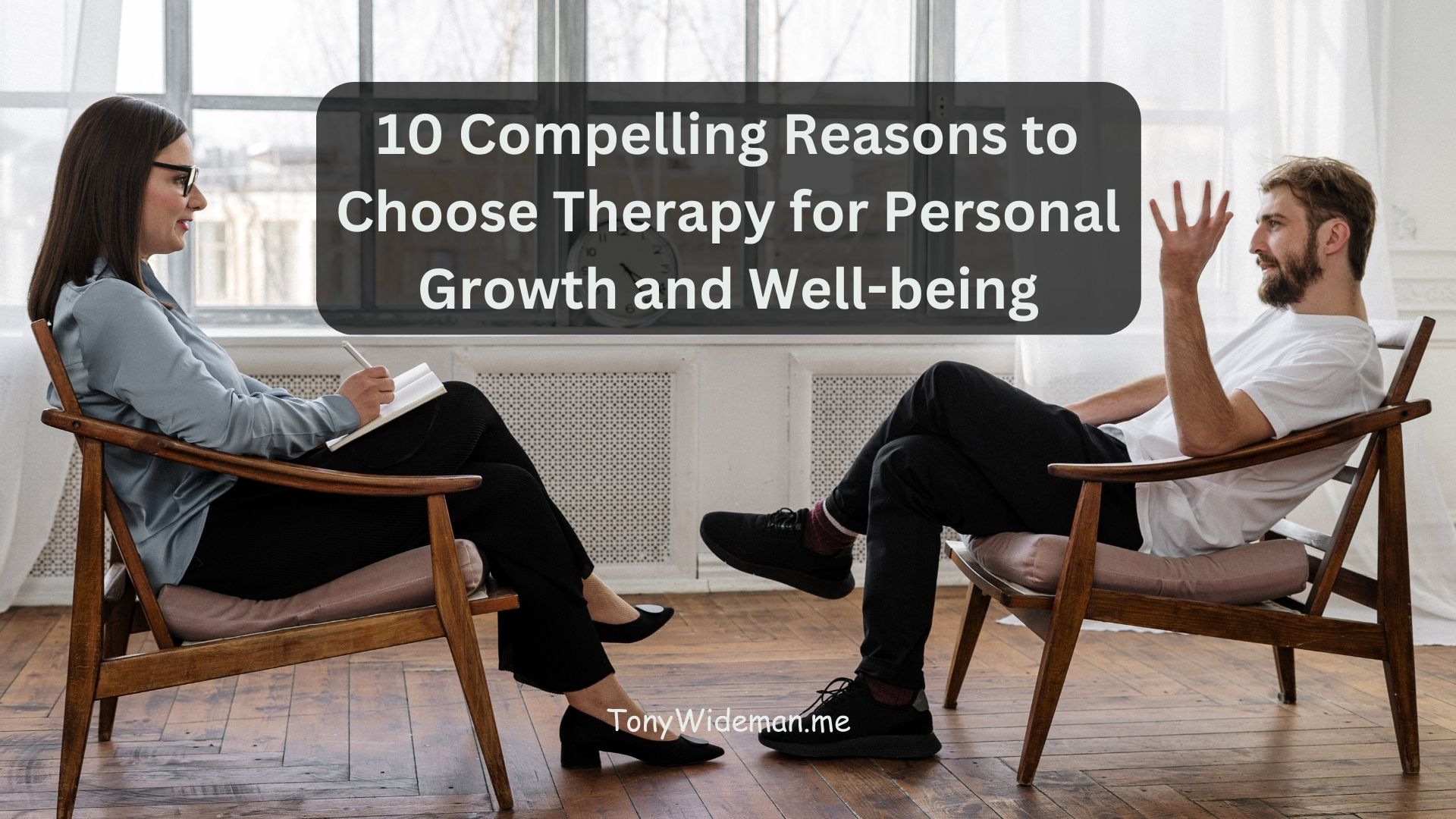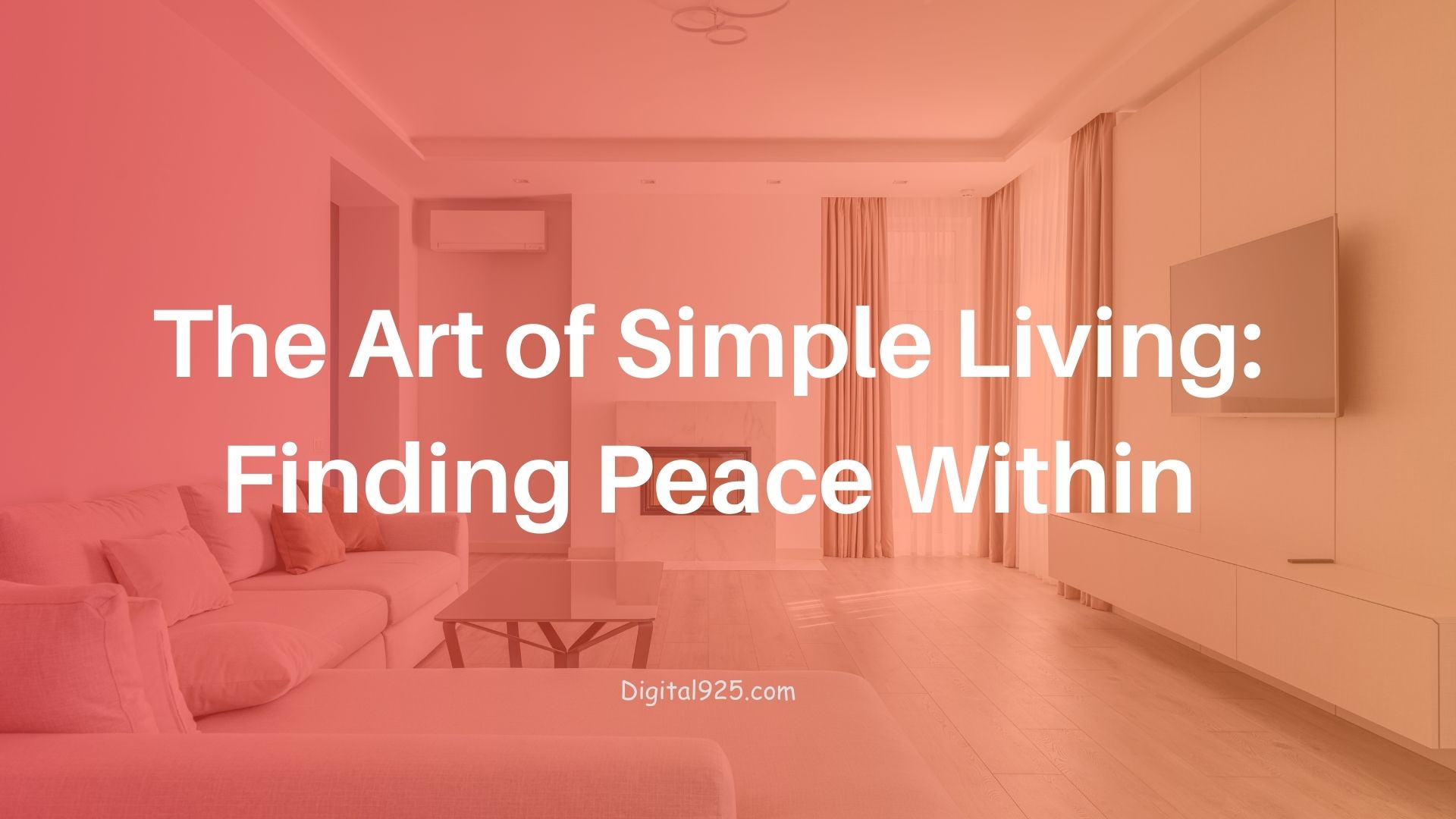How Minimalism Can Reduce Decision Fatigue
Decision fatigue has become an all-too-familiar phenomenon. As we navigate our daily lives, we are constantly bombarded with choices, whether choosing what to wear, what to eat, or which tasks to prioritize.
This overwhelming influx of decisions can lead to mental exhaustion, known as decision fatigue. However, a powerful solution can alleviate this burden and restore clarity to our lives.
Understanding Decision Fatigue
Decision fatigue refers to the deteriorating quality of decisions an individual makes after a long decision-making session. It’s like a muscle that gets tired after being used repetitively.
The more decisions we are forced to make, the more likely we are to make poor choices or avoid making decisions altogether.
This mental state can have detrimental effects on both our personal and professional lives. From CEOs of major companies to students preparing for exams, decision fatigue can hinder performance and lead to burnout.
The Essence of Minimalism
Minimalism is a lifestyle and design philosophy centered on the principle that “less is more.” It promotes simplifying various aspects of life, from possessions and relationships to tasks and commitments.
By consciously choosing to own and do less, minimalism frees up mental and physical space, allowing us to focus on what truly matters. It’s not just about decluttering our physical surroundings; it’s about our minds.
How Minimalism Reduces Decision Fatigue
1. Streamlined Wardrobe Choices
One area where decision fatigue commonly strikes is in the morning routine. The seemingly simple task of selecting an outfit can become overwhelming when faced with a closet bursting with options.
Minimalism suggests creating a capsule wardrobe comprised of a few versatile, high-quality pieces that can be mixed and matched. This saves time and reduces the stress of deciding what to wear daily.
2. Simplified Home Environment
A cluttered living space can lead to visual overload and increased stress. Adopting a minimalist approach to home decor means curating your environment with intention.
Having fewer items on display creates a serene atmosphere conducive to relaxation and clear thinking. When your home is peaceful, you’re better equipped to tackle essential decisions.
3. Focused Task Prioritization
The to-do list can quickly become overwhelming in both personal and professional settings. Minimalism encourages us to identify the tasks that align with our values and goals.
Concentrating on several high-priority tasks allows us to direct our energy toward meaningful accomplishments instead of spreading ourselves thin across various obligations.
4. Digital Detox
In the digital age, information bombards us from all directions. Emails, social media, news articles – the constant influx of data can lead to cognitive overload.
Minimalism advocates for a conscious reduction of screen time and digital consumption. This reduces exposure to decision-inducing stimuli and promotes mindfulness and mental clarity.
Embracing Minimalism for a Clearer Mind
Incorporating minimalism into your life doesn’t mean sacrificing comfort or style. Instead, it’s a deliberate choice to simplify and streamline, allowing you to reclaim your mental bandwidth and make better decisions.
Focusing on what truly adds value to your life can help you combat decision fatigue and experience a newfound clarity and purpose.
So, if you’re feeling overwhelmed by the constant barrage of choices, consider embracing minimalism as a powerful tool to combat decision fatigue.
The journey towards a more straightforward, more intentional life starts with small steps – decluttering your physical space, prioritizing tasks, and fostering a mindful approach to decision-making.
By doing so, you can regain control over your life and rediscover the joy of living with less.
Applying Minimalism to Daily Life
Incorporating minimalism into daily life involves embracing a mindful and intentional approach to decision-making. Here are a few practical strategies to consider:
1. Capsule Wardrobe: Create a capsule wardrobe composed of versatile clothing items that can be mixed and matched, eliminating the need for constant outfit decisions.
2. Digital Detox: Dedicate specific periods during the day for checking emails and social media, reducing the urge to respond to notifications as they arrive.
3. Prioritize Tasks: Adopt the “Eisenhower Matrix” to categorize tasks based on their urgency and importance. This will allow you to focus on high-priority tasks and minimize decision fatigue.
4. Mindful Consumption: Ask yourself if the item aligns with your values and needs, preventing impulsive decisions.
5. Declutter Regularly: Set aside time to declutter your living and digital spaces, ensuring that only items of value remain.
The Benefits of Minimalism on Decision Fatigue
Embracing minimalism has a myriad of benefits beyond reducing decision fatigue. Individuals who adopt a minimalist lifestyle often report increased mental clarity, heightened creativity, reduced stress, and improved overall well-being.
By streamlining choices, focusing on essentials, and decluttering physical and digital spaces, minimalism empowers individuals to lead more intentional and purpose-driven lives.
Conclusion
In a world characterized by continuous choices and the constant barrage of information, minimalism emerges as a powerful tool to combat decision fatigue.
Its principles guide individuals towards intentional living, allowing them to cut through the noise and focus on what truly matters. By incorporating minimalism into various aspects of life, from wardrobe choices to digital interactions, individuals can experience enhanced mental clarity, reduced stress, and greater control.
The journey towards minimalism may begin as a response to decision fatigue but ultimately leads to a richer and more fulfilling existence.






